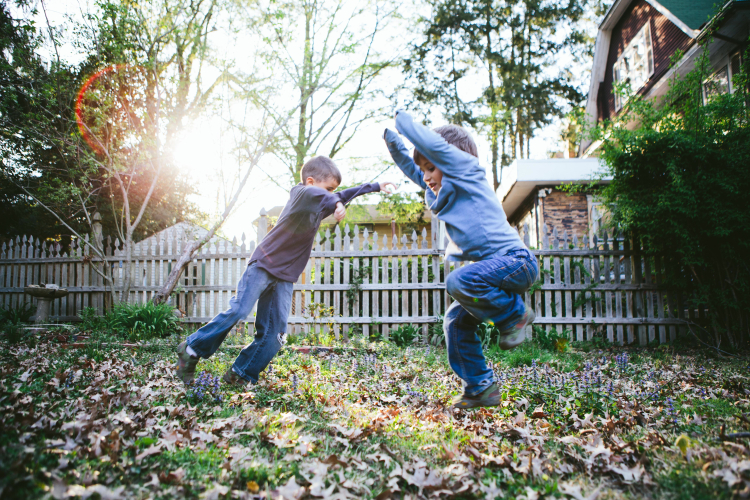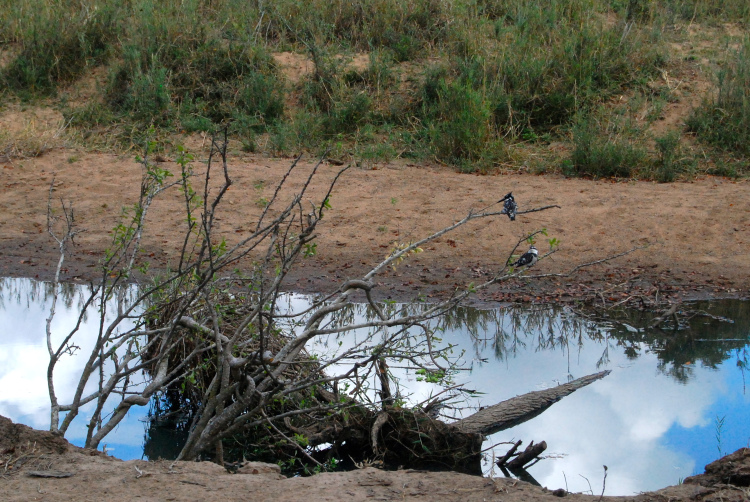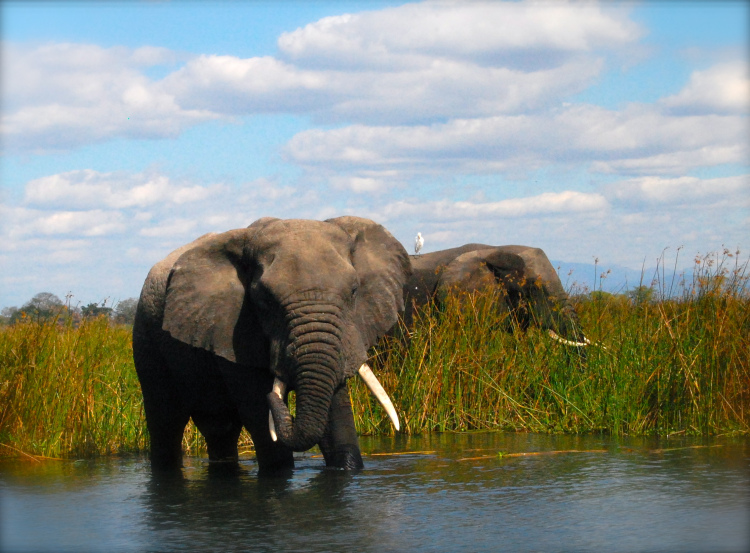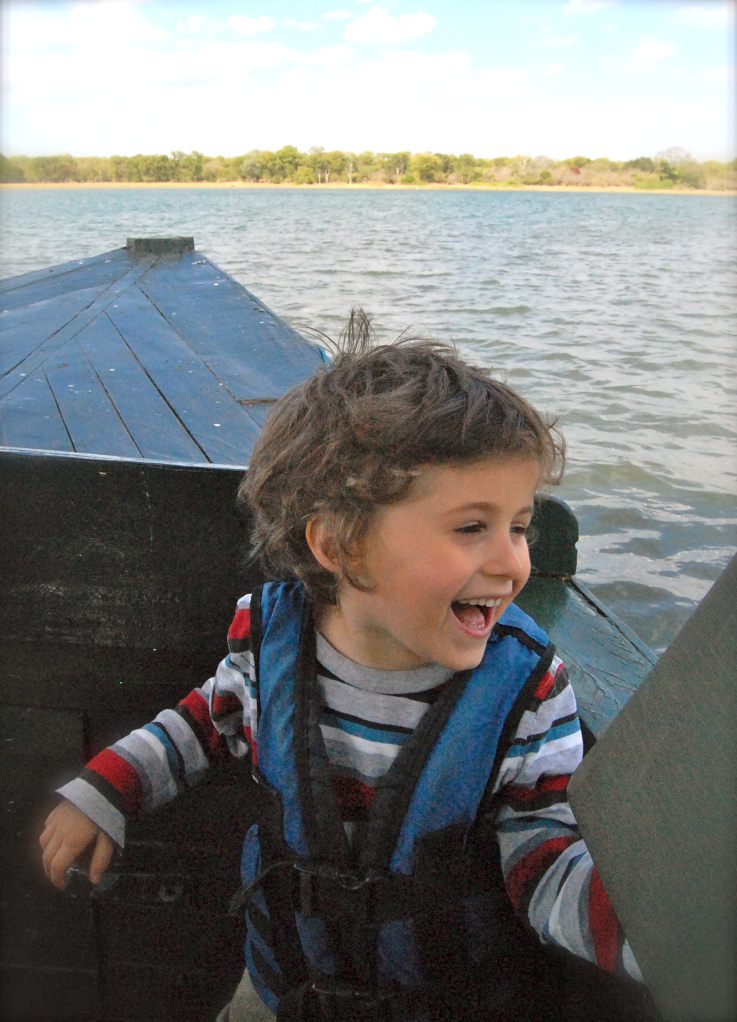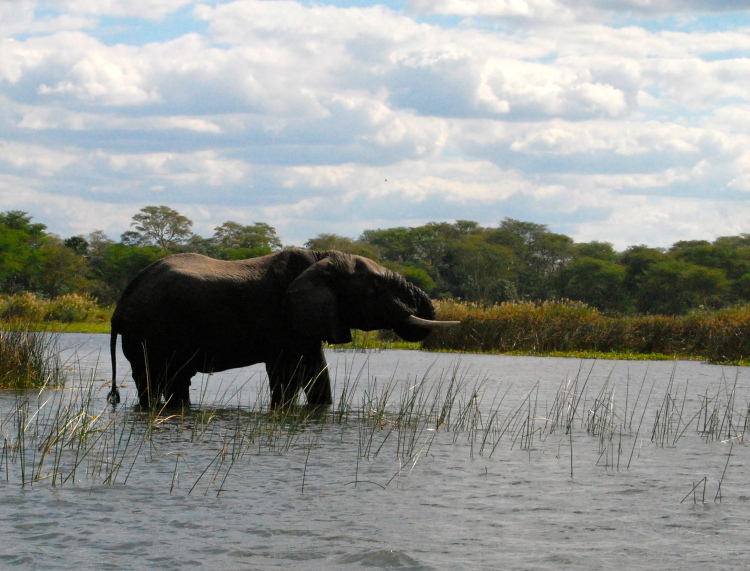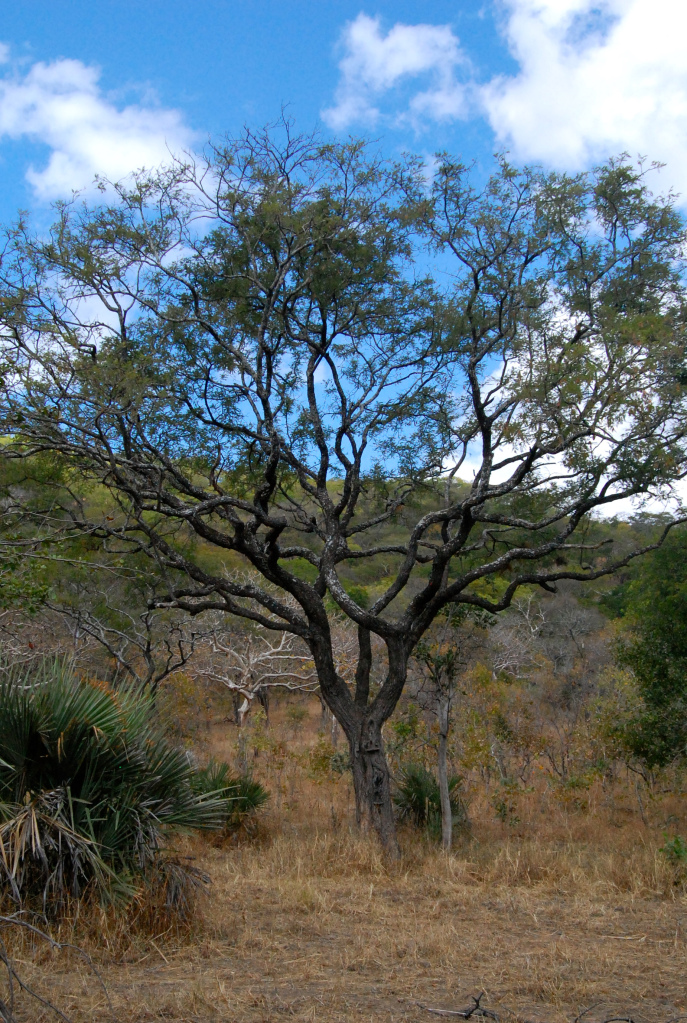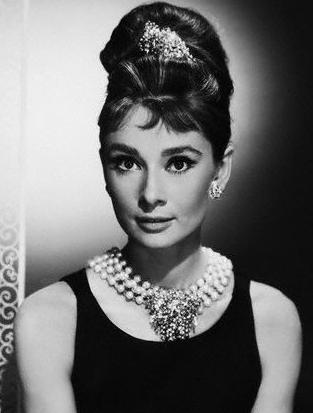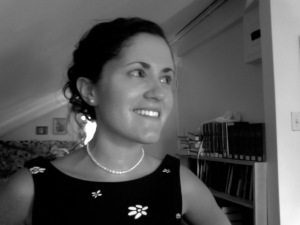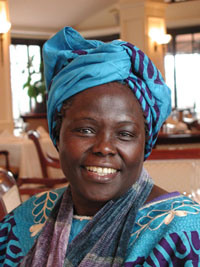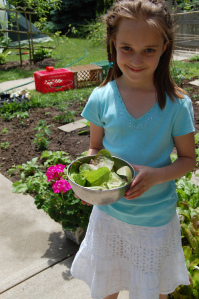The connections we make in this life, across continents and across oceans, are nothing less than astounding, I think.
A year ago I read a book review by the incomparable Lisa Ann Cockrel; a review that closes by noting that the book in question left Cockrel “craving latkes with spiced applesauce.” As I was in Malawi at the time, and craving ALL the things I couldn’t get there, especially food things, I found myself craving the very same thing. So I wrote to Lisa — whom I’d written to before to discuss things other than food — and told her how much I liked the review.
And that I, too, was craving latkes.
“What if we got together and made some?” she said.
Well, that seemed improbable. But we did get together, a few months later, and at our first meal together (which did not, alas, include latkes), I met another Lisa — Lisa Beth Anderson — who makes remarkable photographs.
Lisa B-A’s photographs are magical without being corny. They elevate wedding photographs and engagement photographs and family photographs from something one seeks out because it’s obligatory or customary (“I guess we should get some family photos taken…”) to something you can’t stop gazing at, even if you don’t know the subjects in the photo, because the composition and the lighting and all of it is nothing less than art.
It so happened that Lisa B-A was shooting a wedding in Philadelphia just as I was moving (near) there. She came by just to visit. I didn’t plan on her taking any pictures…we were just moving in! With moving clothes on! And wallpaper peeling and curtains we hated still hanging!
But Lisa sees the beauty that is there even when no one else can see it — or so it seems to me.
Which is not, on reflection, a bad way to define ‘artist': a person who makes manifest — visible, tangible, edible, audible — the beauty no one else can see.
All photos credit {the remarkable} Lisa Beth Anderson – Spark + Tumble.
